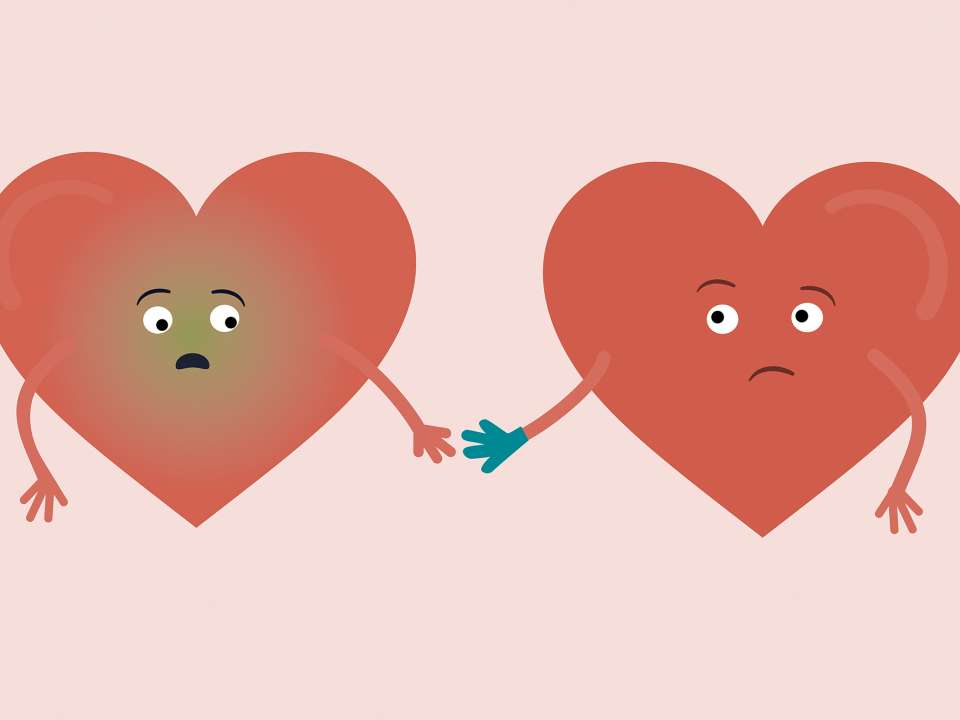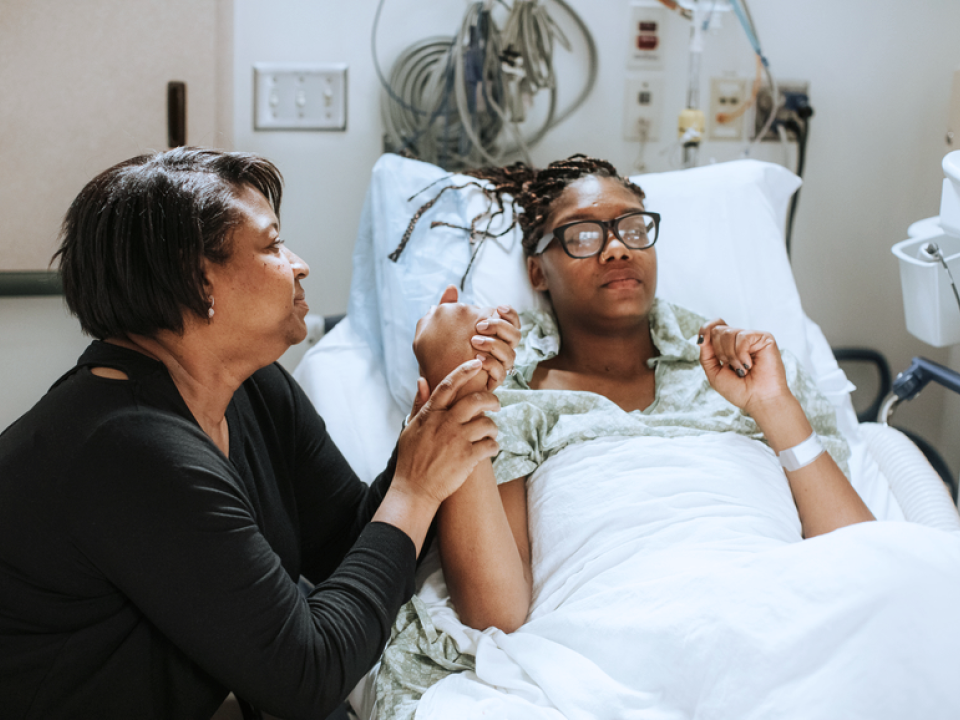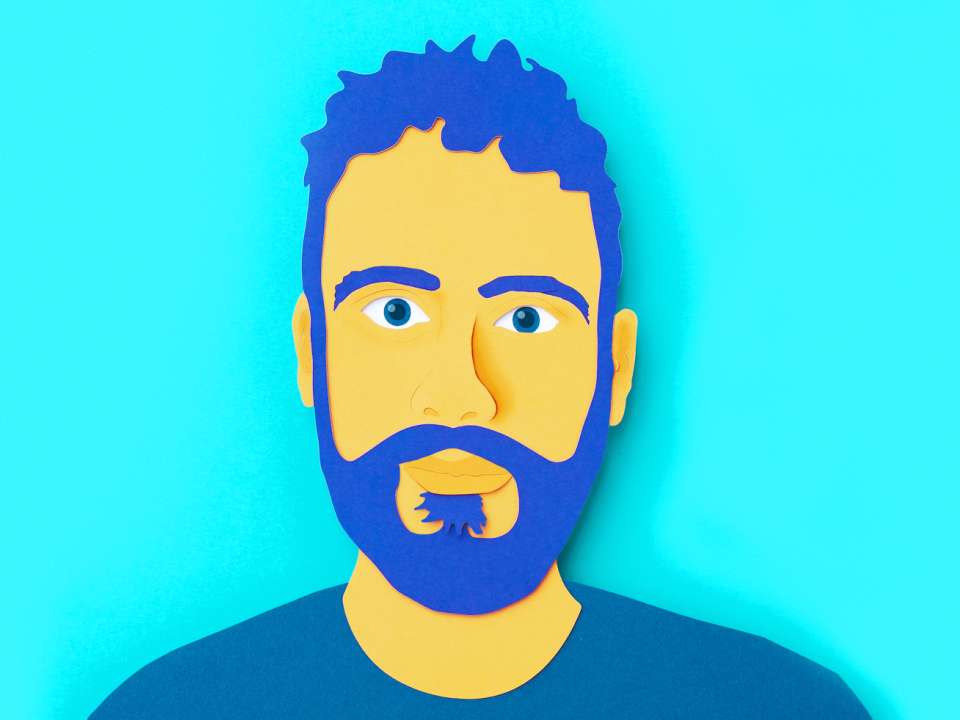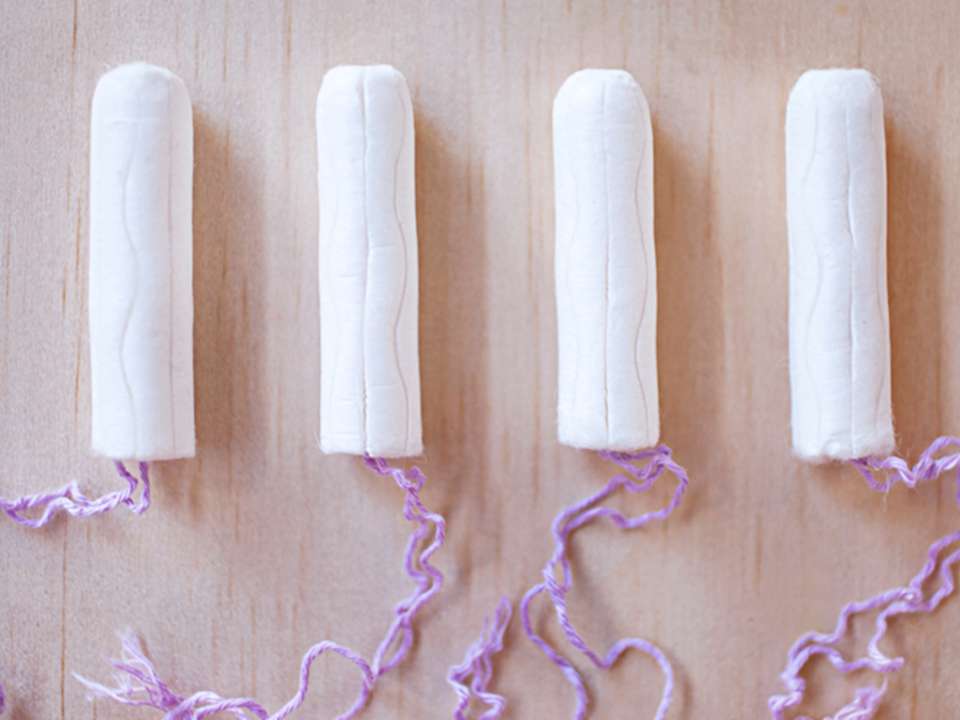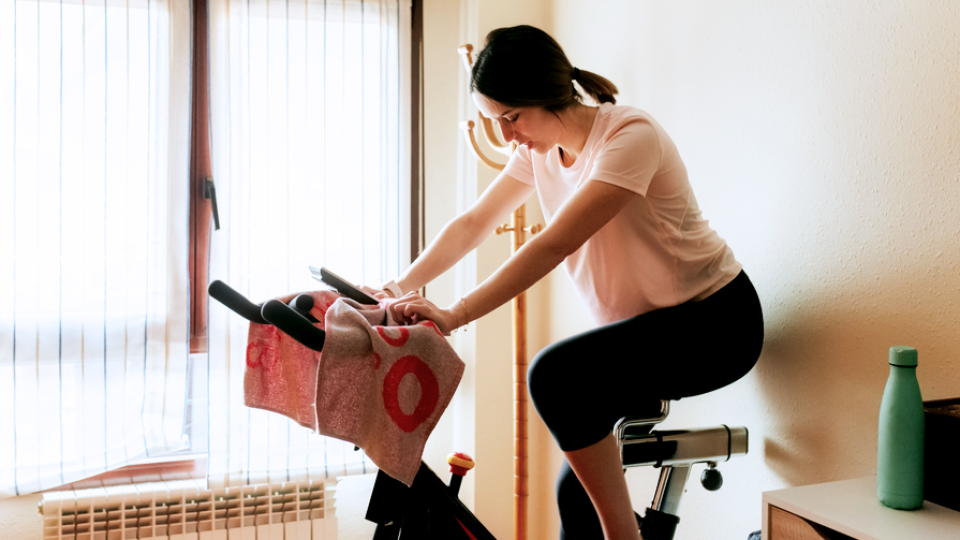
Many of us aren’t strangers to stiff joints in the morning or sore joints after exercise, which can make us question if we’re aging a little more than we realize.
In fact, young women are at a higher risk for joint injuries — especially knee — and more at risk for developing rheumatoid arthritis.
However, anyone can have joint issues, and it’s pretty common to have them when you’re still young. Luckily, there are ways to protect your joints and maintain an active lifestyle.
What are common joint issues?
Dr. Nick Hernandez, a hip and knee surgeon at the Hip & Knee Center at Meridian Pavilion, outlines three common joint issues that might occur in people of all ages.
Osteoarthritis
Osteoarthritis is the wearing out of the joint cartilage and normal anatomical structures.
Osteoarthritis is the most common type of arthritis. While it’s more common in older people, you can also get this type of arthritis when you’re young. One study showed that 26.9 million people had developed osteoarthritis at age 21 or older.
“Wear-and-tear arthritis or osteoarthritis is thought to be caused by multiple factors, including activity level, environmental factors, genetics and body mass index,” says Hernandez. “We don’t completely understand how all these factors can contribute to osteoarthritis, but we do see this in people with varying activity levels.”
Tendon issues
“Tendon issues such as tendinitis or tendon strains are also a common cause of joint issues,” says Hernandez. “Bursitis, inflammation of small, fluid-filled sacs that cushion joints, tendons and muscle, are also causes of joint pain. It can be acute, subacute or chronic. These can be found around multiple joints and often can be associated with arthritis or other joint issues. These can be from overuse, muscle imbalance or caused by a traumatic event.”
While tendonitis or tendon pain can be caused by overuse, anyone can have the condition, from athletes to nonathletes.
Injury
“Sometimes joint issues can be related to an acute injury such as twisting one’s knee,” says Hernandez. “In these cases, one can have an acute injury to ligaments, tendons, cartilage or fibrocartilage.”
Many of these joint injuries are caused by sports or athletics but can happen from any accidental or sudden movement that might cause an injury.
How to protect your joints
The more active you are, the more at risk you are for joint injury or overuse.
“There are several ways to protect your joints if you’re trying to maintain an active lifestyle, whether that be sports or even low exercise,” says Hernandez.
Here’s what he suggests:
- Strengthening around your joint with appropriate exercises. Some exercises can be good for muscles but not as good for the joint. Finding out which exercises are helpful is important. The CDC recommends low-impact exercises like lifting weights, working with resistance bands and yoga. Having strength around your joint will improve stability and function, help prevent injury and help decrease pain.
- Maintaining a healthy weight is also important. When your weight increases, there‘s more force on your lower extremity joints (think: hips, knees, ankles and feet) with regular activity. For people who are overweight or obese, losing weight reduces pressure on the joints, particularly weight-bearing joints like the hips and knees. Reaching or maintaining a healthy weight can relieve pain, improve function and prevent or slow the progression of osteoarthritis. Having a healthy diet and managing life stressors can also help you have a healthier lifestyle and maintain a healthier weight.
- Choosing sports and activities that are friendlier to your joints. Some sports may be less likely to exacerbate any underlying problems you may have. A few examples include swimming, walking or bicycling.
How to protect your joints after injury
The level of activity you can have if you’ve previously had a joint injury depends on the injury.
“If someone has had an acute ligament or tendon injury, there is often a period where one will use a brace and perform physical therapy-type exercises until the body heals,” says Hernandez. “With other, more chronic joint problems, the right kind of exercise and activity can be beneficial. For instance, with osteoarthritis, low-impact exercise can be beneficial and help manage symptoms.”
Take it easy, but don’t slow down
Joint issues are common, whether you are an active athlete or just enjoy the occasional stroll. They are more common as you age, but you can take steps now to protect your joints.
“The best way to take care of your joints includes keeping the muscles around joints strong, maintaining a healthy weight, an anti-inflammatory diet, stretching and exercise,” says Hernandez.

 Healthy ideas for your inbox
Healthy ideas for your inbox
